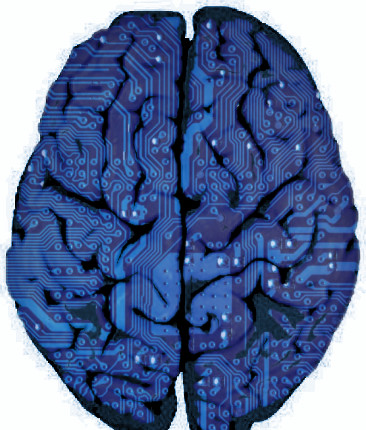Big AI issues outlined
 Experts have detailed three reasons to be worried about AI.
Experts have detailed three reasons to be worried about AI.
A group of doctors and public health experts - including an Australian - have joined calls to suspend development of artificial intelligence until sufficient regulations are in place.
Despite its transformative potential for society, including in medicine and public health, certain types and applications of AI, including self-improving general purpose AI (AGI), pose an “existential threat to humanity”, they warn in the open access journal BMJ Global Health.
They highlight 3 sets of threats associated with the misuse of AI and the ongoing failure to anticipate, adapt to, and regulate the transformational impacts of the technology on society.
The first of these comes from the ability of AI to rapidly clean, organise, and analyse massive data sets consisting of personal data, including images.
This can be used to manipulate behaviour and subvert democracy, they explain, citing its role in the subversion of the 2013 and 2017 Kenyan elections, the 2016 US presidential election, and the 2017 French presidential election.
“When combined with the rapidly improving ability to distort or misrepresent reality with deep fakes, AI-driven information systems may further undermine democracy by causing a general breakdown in trust or by driving social division and conflict, with ensuing public health impacts,” the group contends.
AI-driven surveillance may also be used by governments and other powerful actors to control and oppress people more directly, an example of which is China’s Social Credit System, they point out.
This system combines facial recognition software and analysis of ‘big data’ repositories of people’s financial transactions, movements, police records and social relationships.
But China is not the only country developing AI surveillance: at least 75 others, “ranging from liberal democracies to military regimes, have been expanding such systems,” they highlight.
The second set of threats concerns the development of Lethal Autonomous Weapon Systems (LAWS) - capable of locating, selecting, and engaging human targets without the need for human supervision.
LAWS can be attached to small mobile devices, such as drones, and could be cheaply mass produced and easily set up to kill “at an industrial scale”, warn the authors.
The third set of threats arises from the loss of jobs that will accompany the widespread deployment of AI technology, with estimates ranging from tens to hundreds of millions over the coming decade.
“While there would be many benefits from ending work that is repetitive, dangerous and unpleasant, we already know that unemployment is strongly associated with adverse health outcomes and behaviour,” they point out.
To date, increasing automation has tended only to shift income and wealth from labour to the owners of capital, so helping to contribute to inequitable wealth distribution across the globe, they note.
“Furthermore, we do not know how society will respond psychologically and emotionally to a world where work is unavailable or unnecessary, nor are we thinking much about the policies and strategies that would be needed to break the association between unemployment and ill health,” they highlight.
But the threat posed by self improving AGI, which, theoretically, could learn and perform the full range of human tasks, is all encompassing, they suggest.
“We are now seeking to create machines that are vastly more intelligent and powerful than ourselves. The potential for such machines to apply this intelligence and power - whether deliberately or not - in ways that could harm or subjugate humans - is real and has to be considered.
“If realised, the connection of AGI to the internet and the real world, including via vehicles, robots, weapons and all the digital systems that increasingly run our societies, could well represent the ‘biggest event in human history’,” they write.
“With exponential growth in AI research and development, the window of opportunity to avoid serious and potentially existential harms is closing.”
International agreement and cooperation will be needed, as well as the avoidance of a mutually destructive AI ‘arms race’, they insist.








 Print
Print